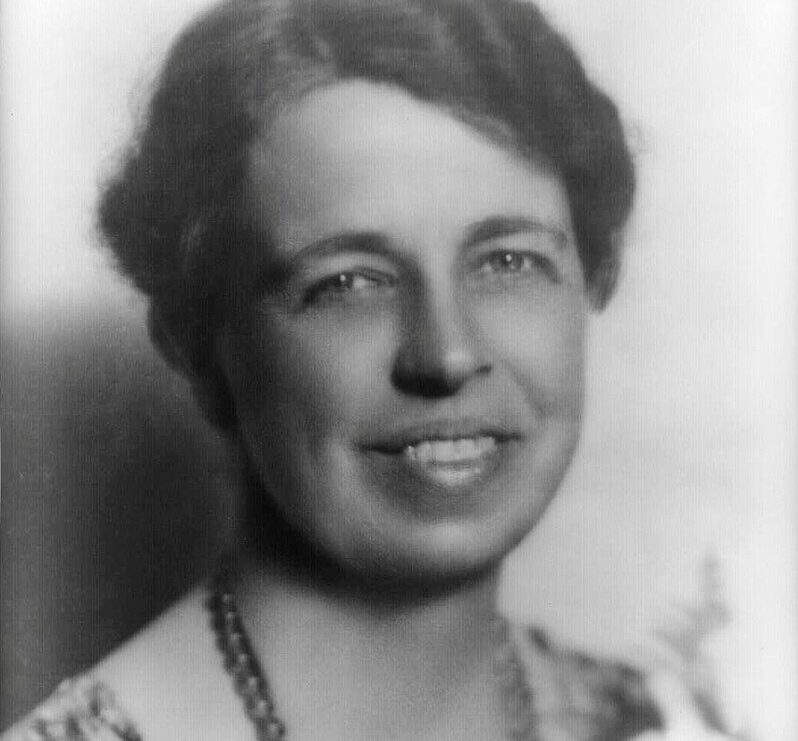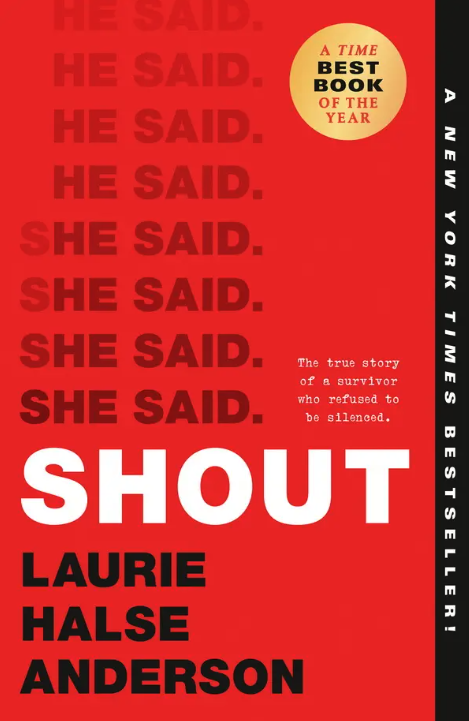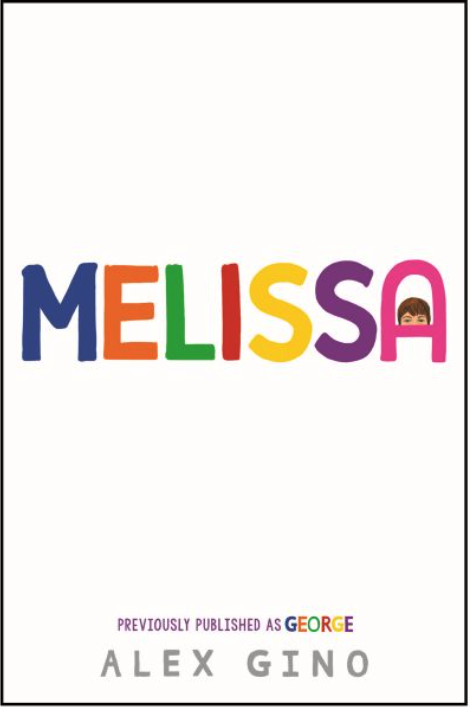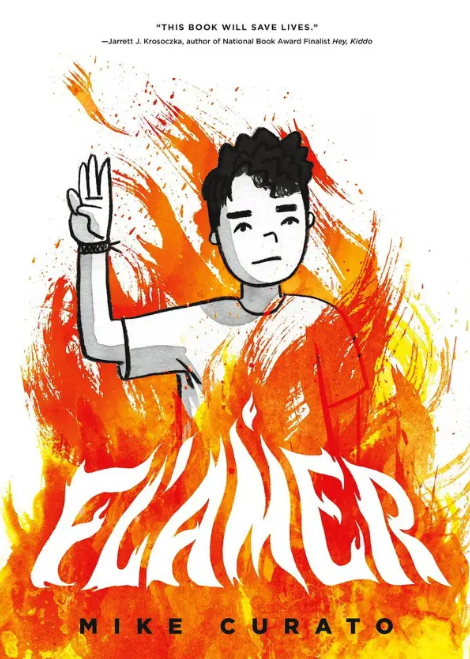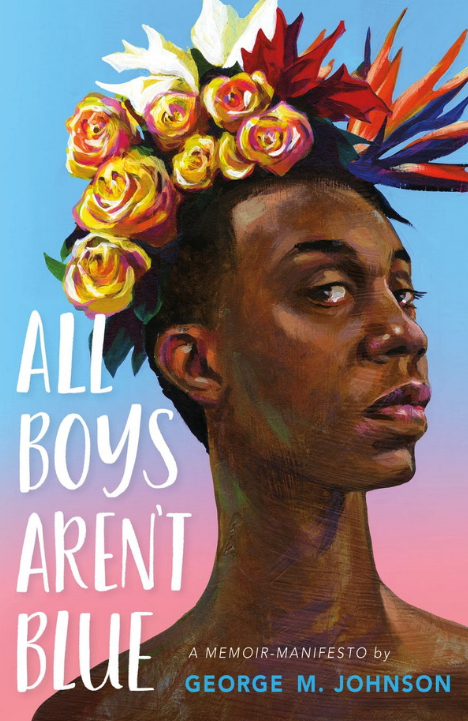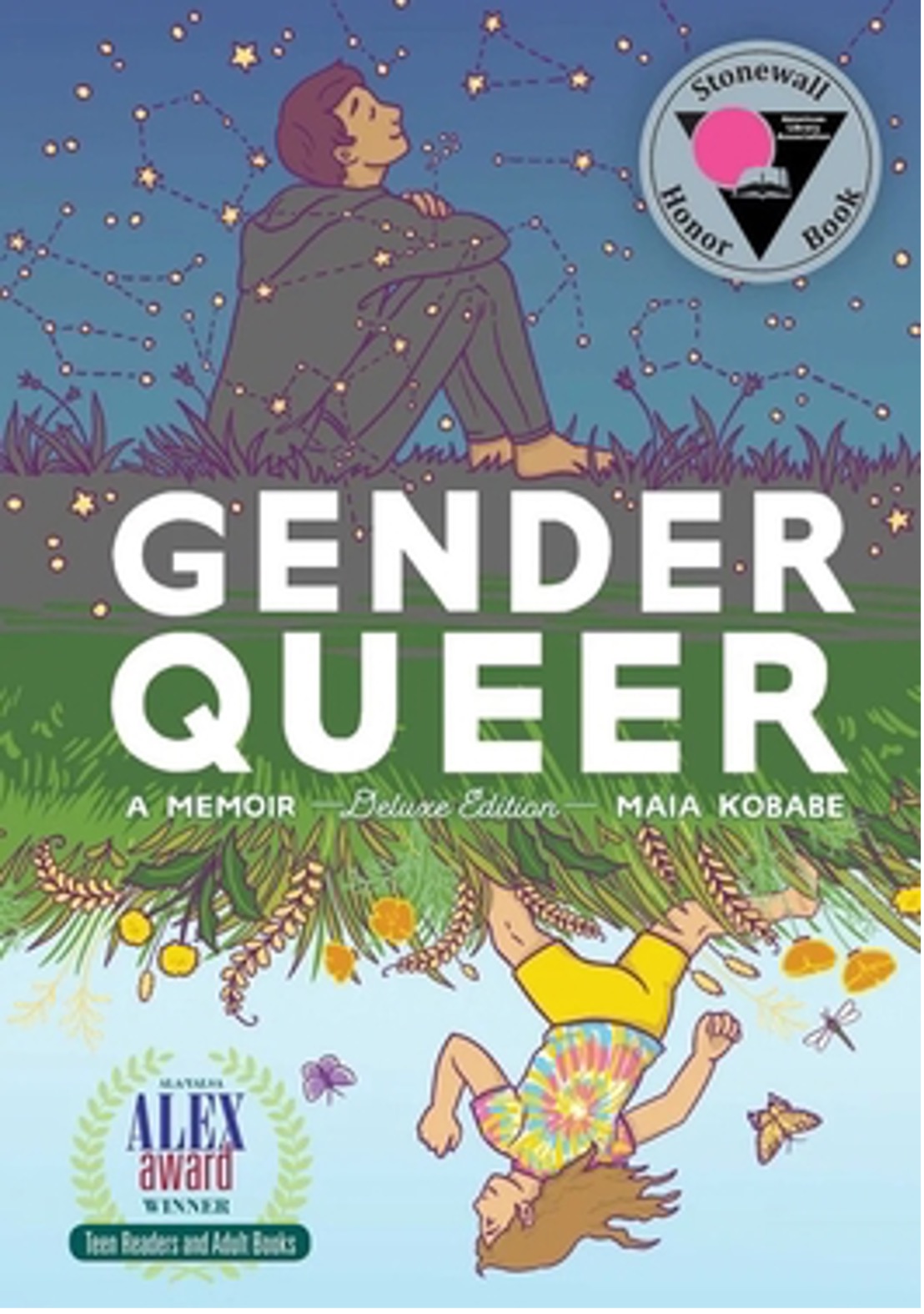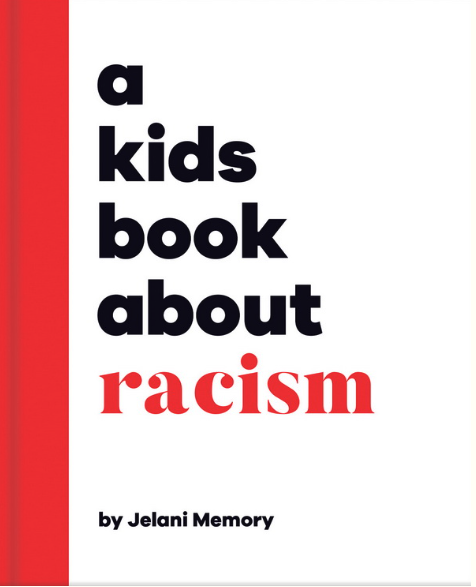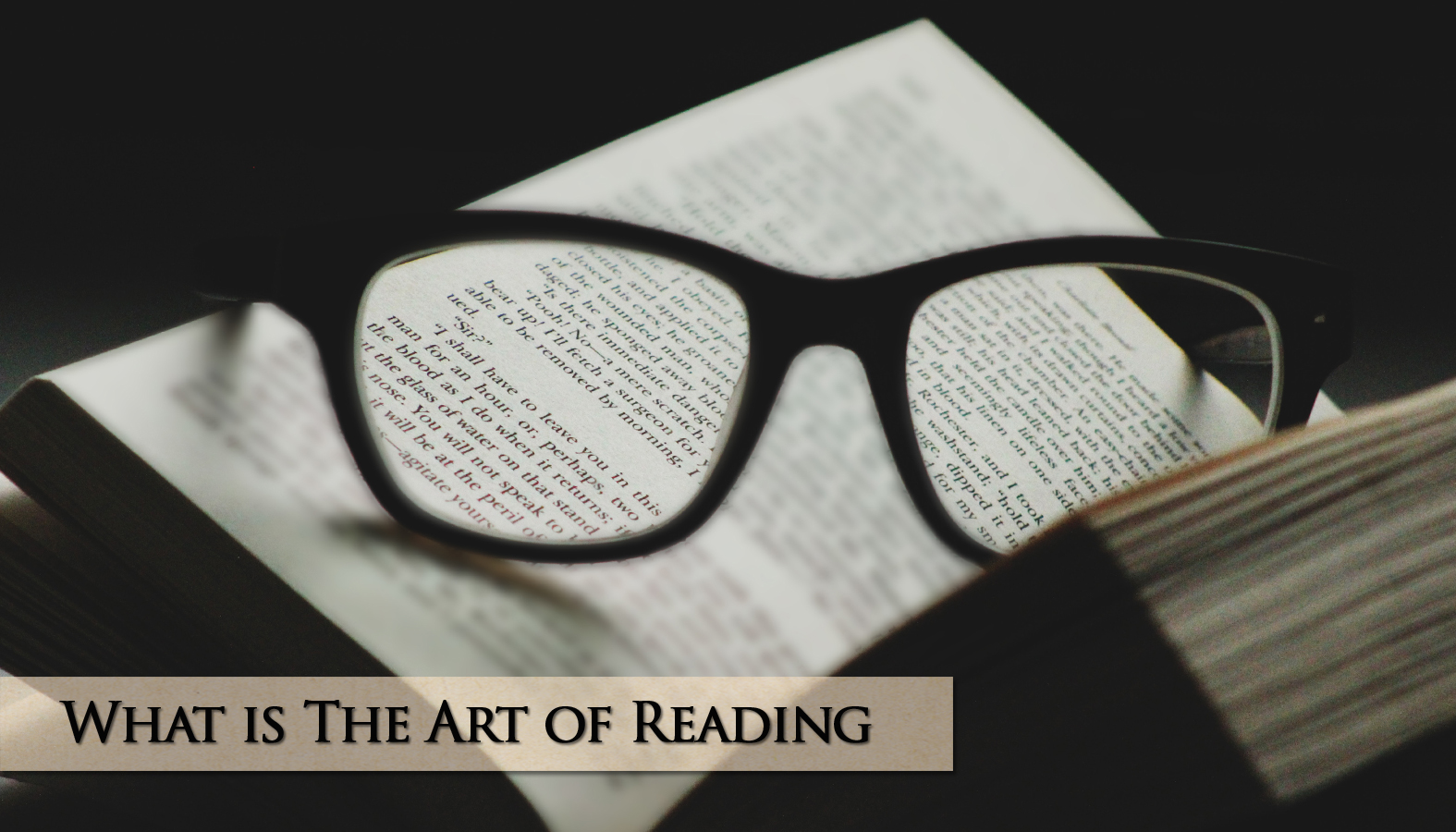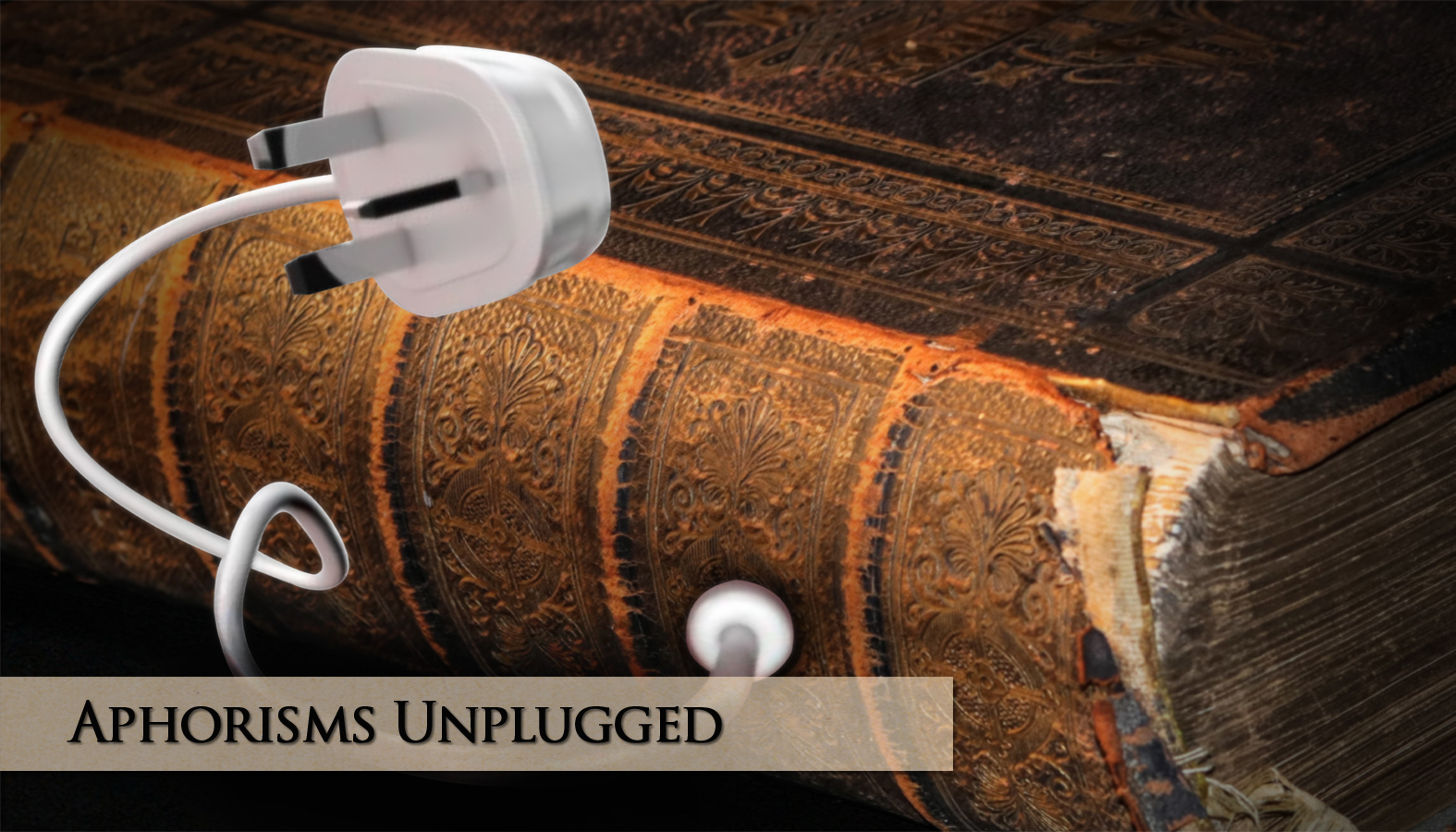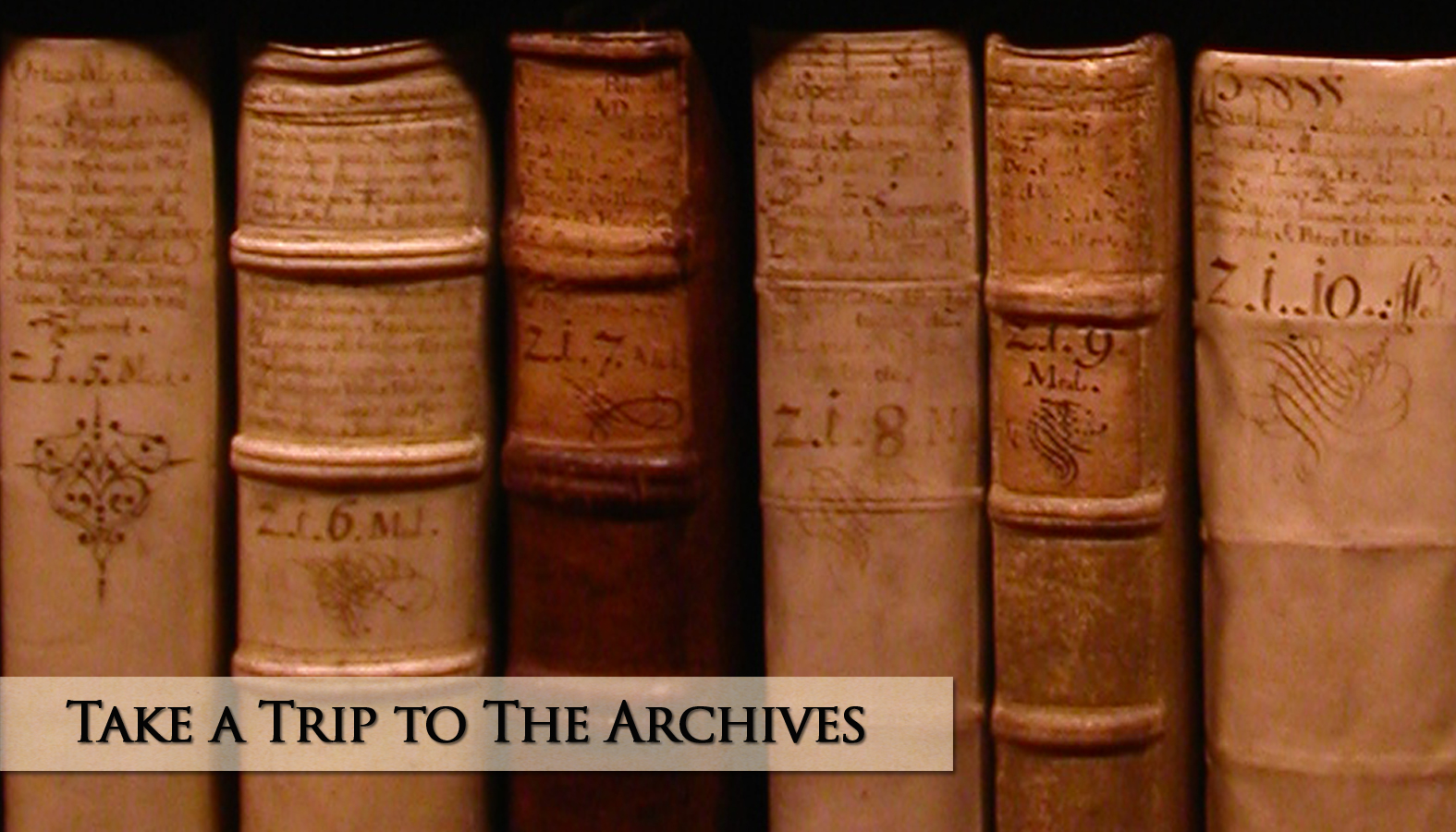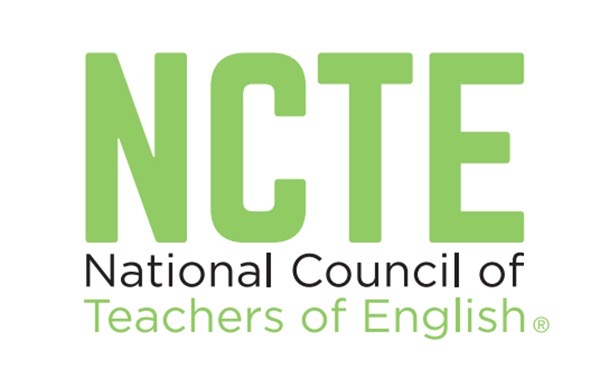First Ever Eleanor Roosevelt Banned Book Awards
 W
W
e’re over the moon about the first ever Eleanor Roosevelt Banned Book Awards Ceremony! Amid the surge of books being pulled from shelves across the nation, this new initiative shines a spotlight on literary voices and books that have been targets of censorship.
This ceremony celebrates the inaugural winners of the Eleanor Roosevelt Award for Bravery in Literature, awarding authors whose works focus on racial justice, LGBTQIA rights, and gender equity.[1]
Eleanor Roosevelt’s legacy as a fierce advocate for human rights, civil rights, and democracy, continues to inspire new generations to use their voices to protect and advance the rights of those who have been marginalized and oppressed.
She was First Lady of the United States from 1933-1945, making her the longest serving First Lady in American history. But that’s not what makes her so consequential. She redefined the role of First Lady, which had been up until her time had been primarily symbolic, and limited to hostessing and domesticity.[2]
At a time when few married women had careers, Roosevelt continued with the business agenda and speaking schedule she had begun before becoming First Lady. She also wrote a widely syndicated daily newspaper column titled “My Day” discussing issues of the time, including civil rights, women’s right, and a variety of current events. And she continued writing her column until 1962 – long after she left the White House.[3]
Roosevelt was also the first presidential spouse to hold regular press conferences, 348 over the span of her husband’s 12-year presidency. And in 1940, she was the first presidential spouse to speak at a national party convention.[4]
She envisioned a brighter future for Americans, starting with our youth. And, she connected the proverbial dots – if government couldn’t save the youth being victimized by high unemployment, unremitting poverty, disrupted family life, and poor education, the future of democracy itself was in question.[5]
Addressing this concern, she was an initiator of the National Youth Administration (NYA), which operated as part of the Works Progress Administration (WPA).[6] The NYA’s focus was providing work and education for Americans between the ages of 16 and 25.
In addition to providing courses in reading, writing and arithmetic, NYA operated two programs: a Works Project Program to train out-of-school, unemployed youth, as well as a Student Aid Program that provided work-study training for high school, college, and graduate student.[7]
After visiting the families of miners in Morgantown, West Virginia who had been blacklisted for union activity and were now homeless, Roosevelt established a resettlement community in Arthurdale. The plan was that these displaced miners would make a living by subsistence farming, the sale of handmade items, and at a local plant to manufacture mailboxes and post office furniture.
Though the families agreed to repay the government within thirty years, Congress ultimately defunded the project. Even so, Roosevelt considered the project a success, for many of Arthurdale’s residents regained economic sufficiency. Speaking later about the improvements she noticed in people’s lives, Roosevelt stated “I don’t know whether you think that is worth half a million dollars. But I do.”[8]
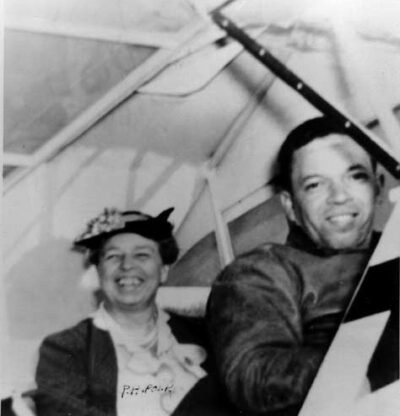
The Arthurdale experience also prompted Roosevelt to be more outspoken about racial discrimination, due to the miners’ insistence that membership be limited to white Christians. She would become one of the few voices in her husband’s administration to insist that benefits of the New Deal be extended equally to Americans of all races.[9]
She supported the Tuskegee Airmen in their effort to become the first black combat pilots. And showed her support by visiting their Alabama training grounds.
Roosevelt also bucked tradition by inviting African-American guests to the White House. Most notably, a group of students from the National Training School for Girls, a predominantly Black reform school the conditions of which she described as “unfit for habitation.” She was also working to improve the school, by not only lobbying for additional funding, but pressing for changes in staffing and curriculum.[10]
Eleanor Roosevelt advocated for women too. Early in her advocacy career she was particularly interested in the social feminists of the League of Women Voters, as well as the labor feminism of the Women’s Trade Union League. Roosevelt’s alliances with these organizations led to her interest in the poor and working-class women, and legislation specifically designed to protect women in the workplace.
And those press conferences she held? A good number of them were limited to female journalists. This was one way she encouraged women to maintain prominent careers. [11] During World War II, she urged women to learn trades. And advocated women be given factory jobs a good year before the practice became widespread.[12]
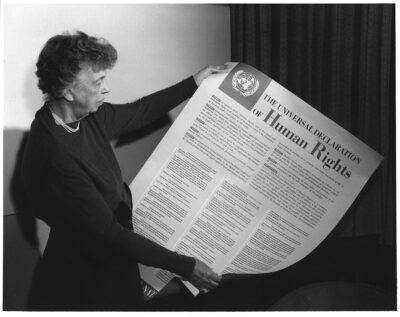
In her time, Eleanor Roosevelt was one of the most widely admired and esteemed women in the world.[13] Which brings us to her instrumental role in drafting the United Nations’ Universal Declaration of Human Rights . Her work with the United Nations was decisive in redefining human rights. She was successful in bringing her commitment to universal civil rights and comprehensive social welfare to the international stage.[14]
In keeping with her mission, The Eleanor Roosevelt Award for Bravery in Literature serves to elevate and protect literary works that advance human rights, and honors the authors who write them – even in face of adversity. Awards are for works of literature vital to our culture that have been the subject of challenges and book banning by school boards or local governments.
Those authors include:
Judy Blume — receiving the Lifetime Achievement Award.
Congratulations to these champions of intellectual freedom!
Learn more about them at the Eleanor Roosevelt Center.

#banned books #Eleanor Roosevelt #racial justice #gender equity #human rights
Endnotes:
[1] “The Eleanor Roosevelt Banned Book Awards.” Eleanor Roosevelt Center and Fisher Center at Bard. https://fishercenter.bard.edu/events/banned-book-awards-24/
[2] Goodwin, Doris Kearns . No Ordinary Time: Franklin & Eleanor Roosevelt: The Home Front in World War II. New York: Simon and Schuster, 1994. Pp 89-91.
[3] My Day, Key Events. Primary Resources on American Experience. Public Broadcasting Services. October 26, 2012 episode.
[4] Goodwin, Doris Kearns . No Ordinary Time: Franklin & Eleanor Roosevelt: The Home Front in World War II. New York: Simon and Schuster, 1994. Pg 10, 133.
Beasley, Maurine (December 1986). “Eleanor Roosevelt’s Vision of Journalism: A Communications Medium for Women”. Presidential Studies Quarterly. 16 (1) Pg. 67.
[5] “Eleanor Roosevelt.” The Eleanor Roosevelt Center. https://ervk.org/who-we-are/eleanors-life/
[6] Abramowitz, Mildred W. “Eleanor Roosevelt and The National Youth Administration 1935-1943 – An Extension of the Presidency.” Presidential Studies Quarterly. Volume 14, Number 4. Pg 569.
[7] “National Youth Administration.” Encyclopedia of Oklahoma History & Culture. https://web.archive.org/web/20120102040611/http://digital.library.okstate.edu/
encyclopedia/entries/N/NA014.html
[8] Cook, Blanche Wiesen. Eleanor Roosevelt, Vol. 1: 1884-1933. New York: Viking Press,1992. Pg 151.
[9] Goodwin, Doris Kearns . No Ordinary Time: Franklin & Eleanor Roosevelt: The Home Front in World War II. New York: Simon and Schuster, 1994. Pp 162-163.
[10] Cook, Blanche Wiesen. Eleanor Roosevelt, Vol. 1: 1884-1933. New York: Viking Press,1992. Pg 358.
Beasley, Maurine (December 1986). “Eleanor Roosevelt’s Vision of Journalism: A Communications Medium for Women”. Presidential Studies Quarterly. 16 (1) Pg. 102.
[11] “Eleanor Roosevelt and Women’s Rights.” Eleanor Roosevelt National Historic Site. https://www.nps.gov/articles/eleanor-roosevelt-and-women-s-rights.htm
[12] Goodwin, Doris Kearns . No Ordinary Time: Franklin & Eleanor Roosevelt: The Home Front in World War II. New York: Simon and Schuster, 1994. Pg 364.
[13] “Mrs. Roosevelt, First Lady 12 Years, Often Called ‘World’s Most Admired Woman'”. The New York Times. November 8, 1962.
[14] “It’s Up to the Women.” Eleanor Roosevelt National Historic Site. National Park Service. https://www.nps.gov/elro/learn/historyculture/it-s-up-to-the-women.htm
Images:
Unknown author – This image is available from the United States Library of Congress‘s Prints and Photographs division under the digital ID cph.3c08091. (Public Domain)
Eleanor Roosevelt flying with Tuskegee Airman Charles “Chief” Anderson in March 1941. Air Force Historical Research Agency, 234.821 v. 4. File is from www.nps.gov/tuai/images/aireleanorlgTHM_1.jpg. (Public Domain)
Eleanor Roosevelt reads the Universal Declaration of Human Rights in 1949; FDR Presidential Library & Museum 64-165 (No changes were made to original) https://creativecommons.org/licenses/by/4.0/

